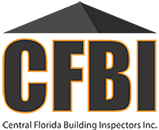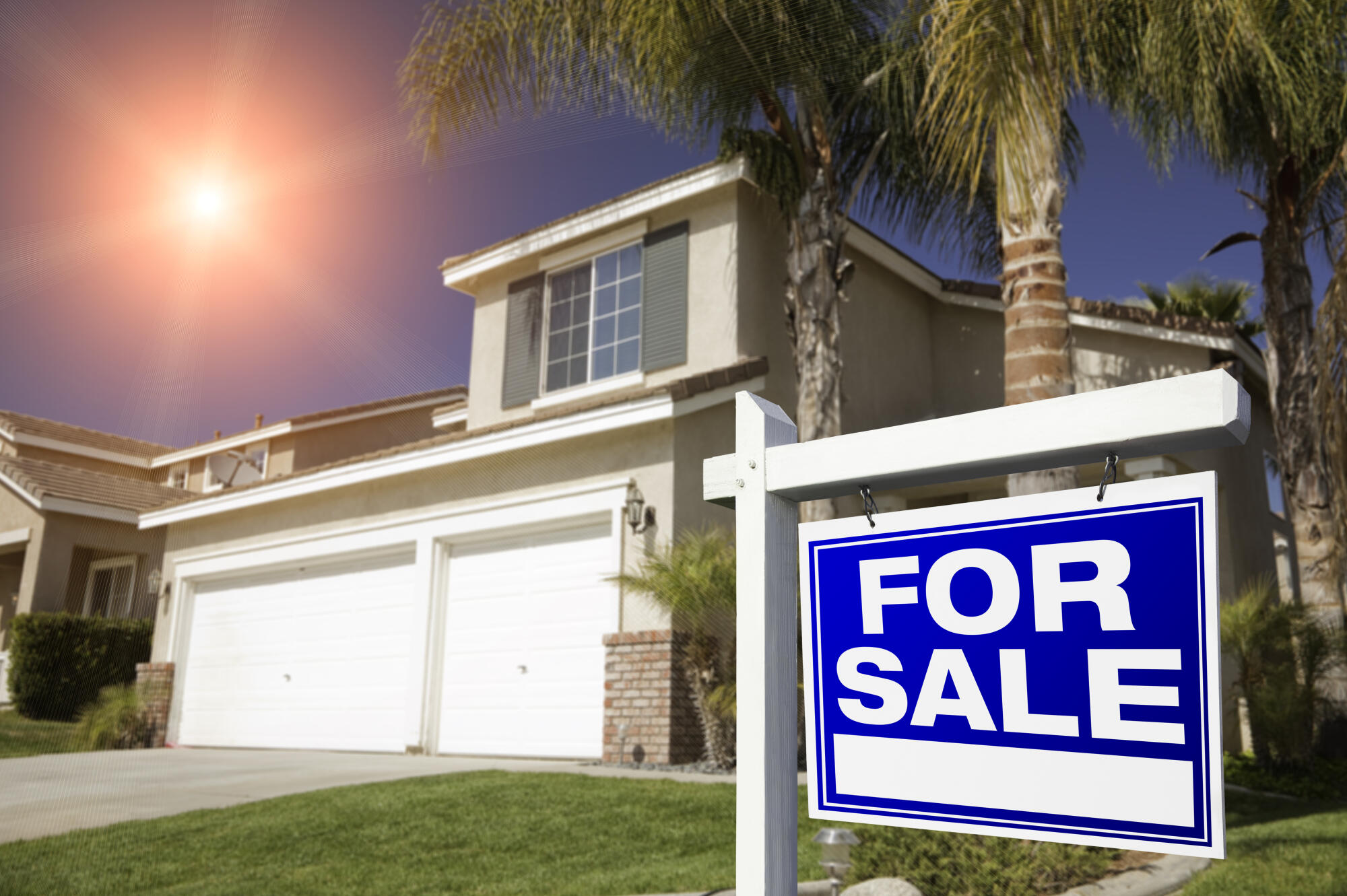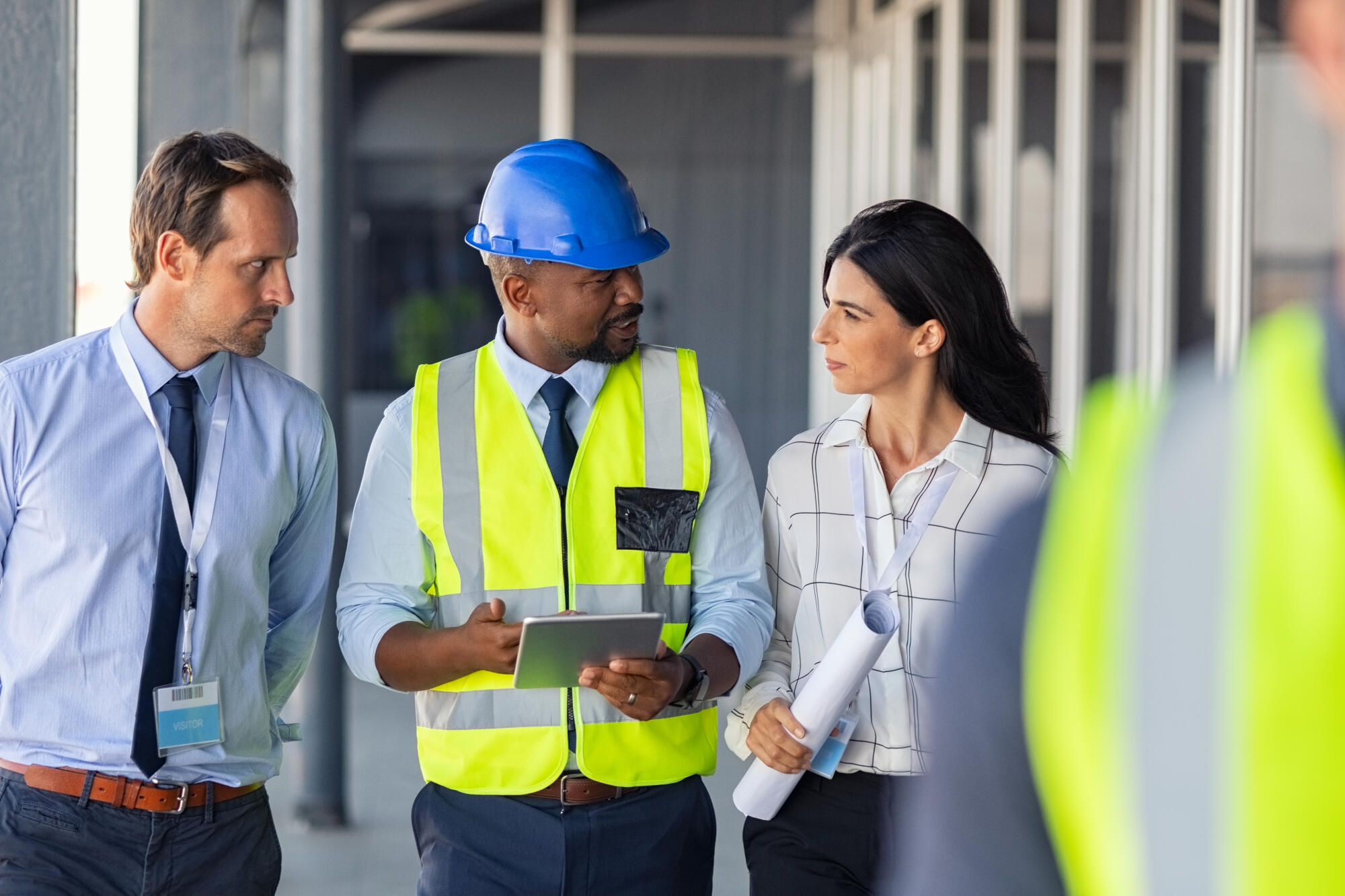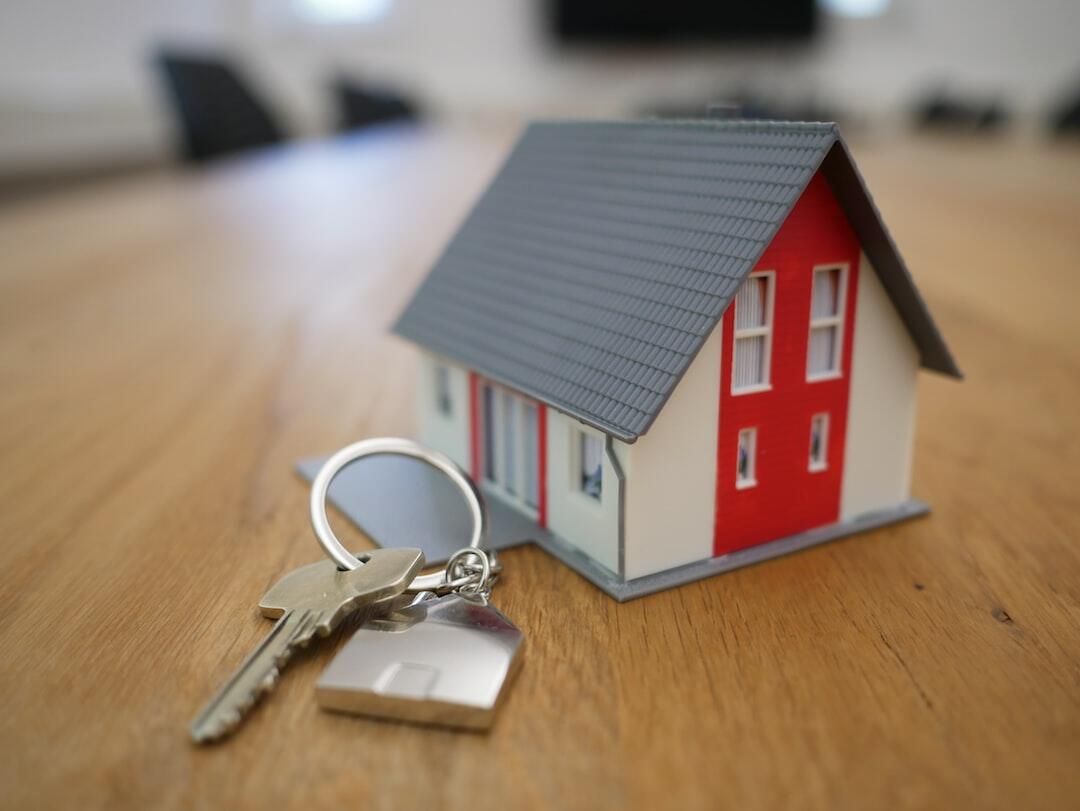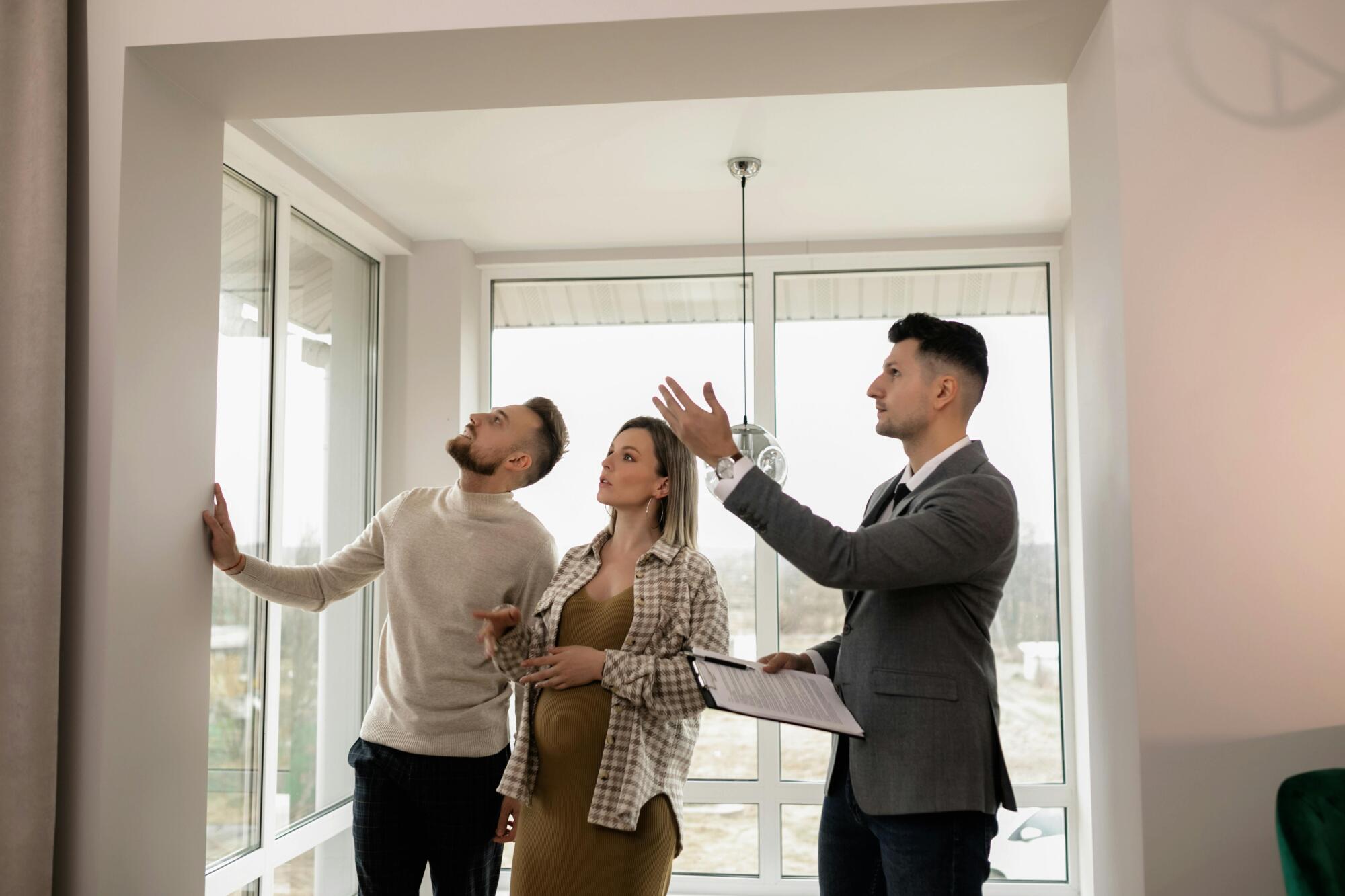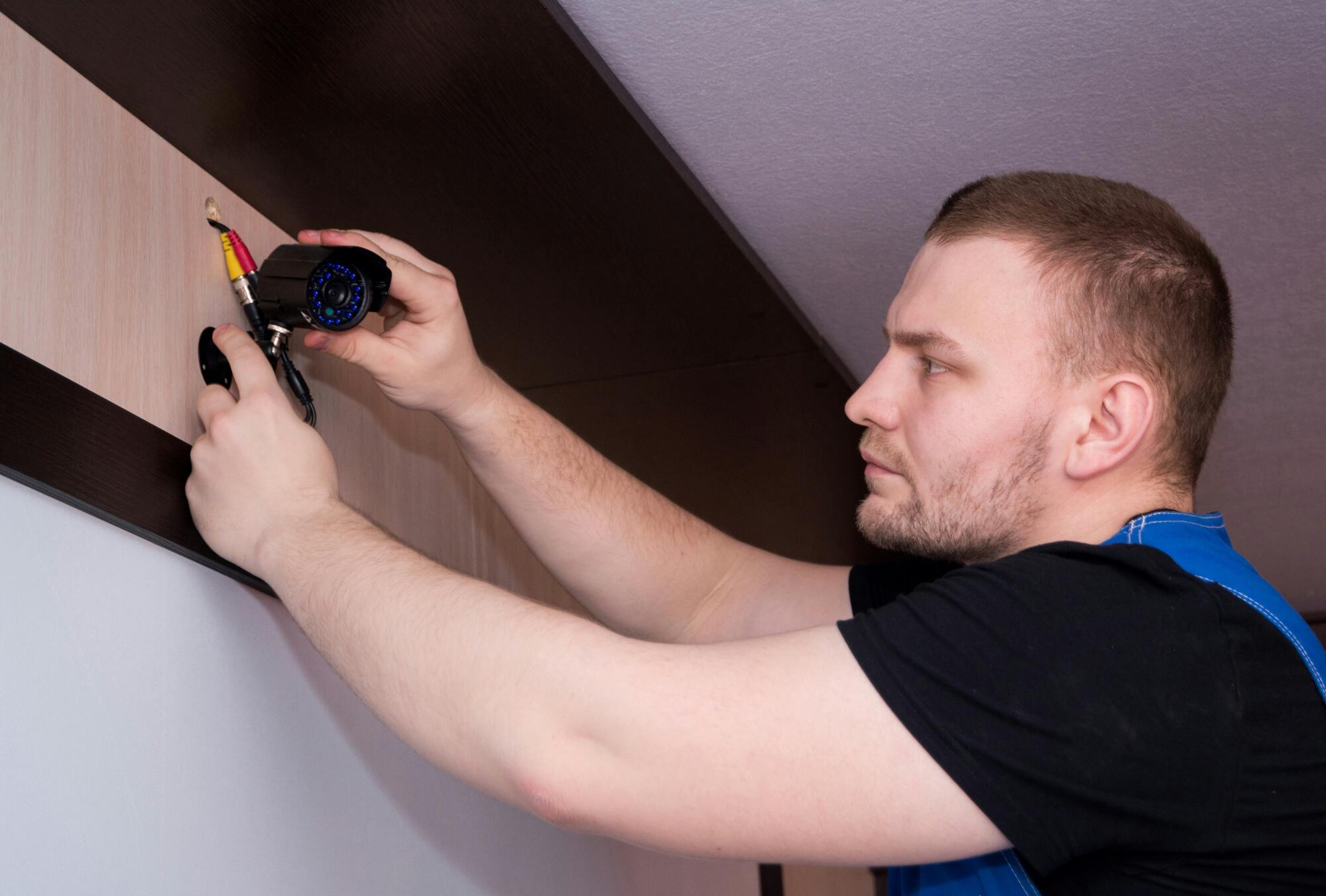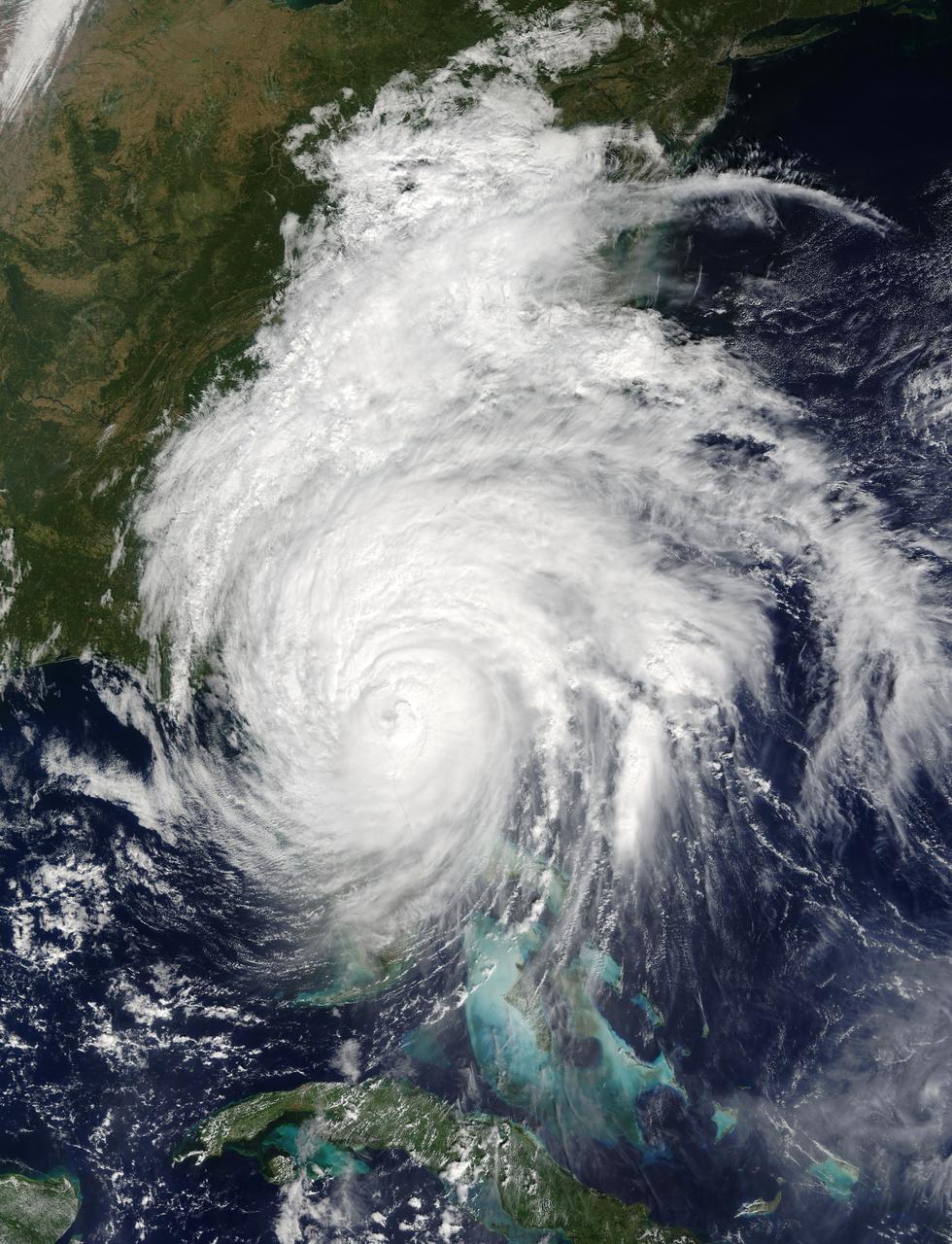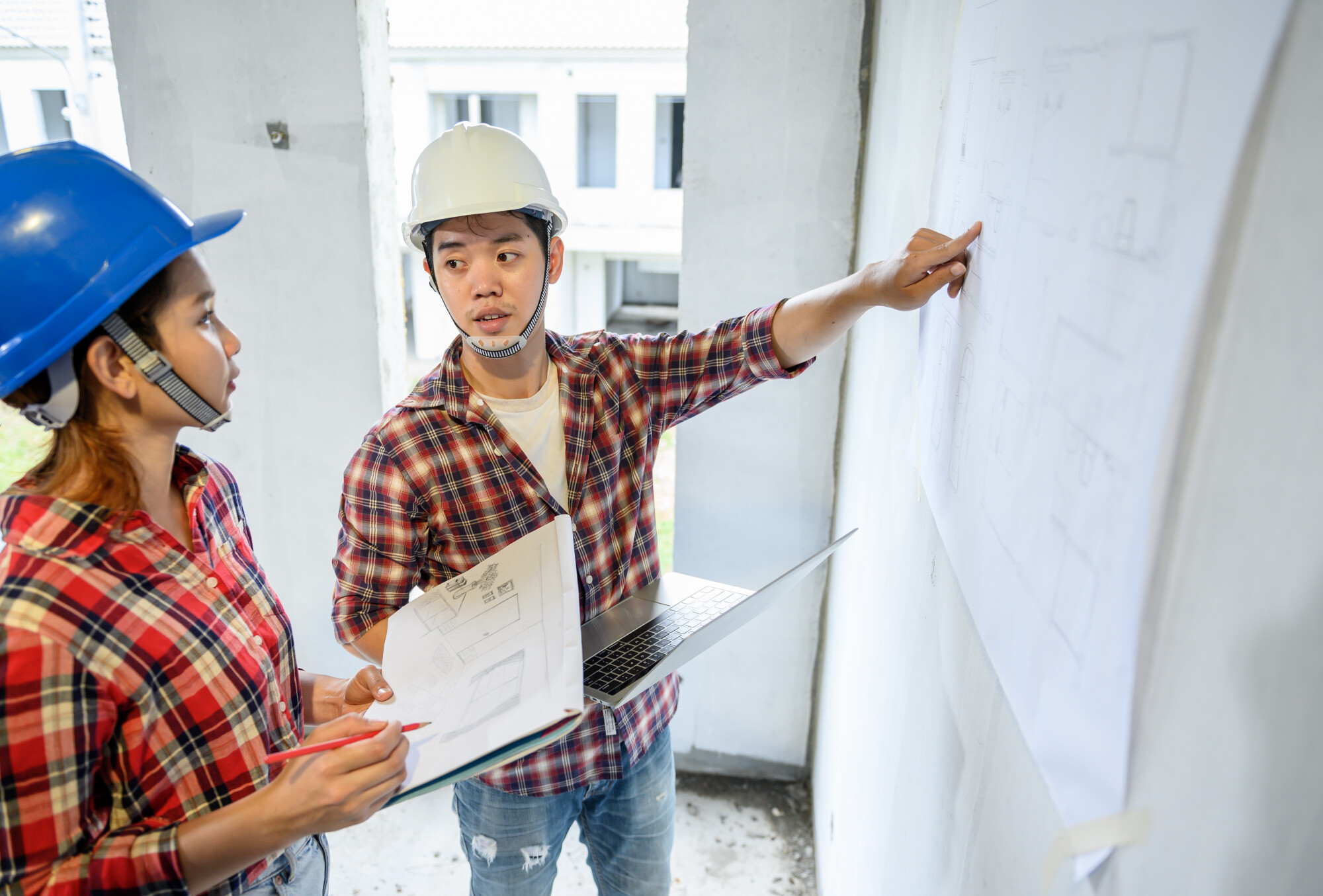In 2023, Ocala, FL, built 1.8 million square feet of commercial space. The projects include the Florida Crossroads Logistics West Center, the Topline Logistics Center, and the Dollar Tree Facility at Crossroads Commerce Park.
These Ocala commercial properties will create various jobs and boost surrounding industries. First, though, they’ll need a new construction inspection so people can safely visit and work.
You can reasonably assume the builders followed new construction guidelines. Property inspection services double-check behind them to ensure future safety.
However, you don’t know what these building compliance checks entail. Keep reading to learn what a new construction inspection is and what commercial inspections entail.
What Is a New Construction Inspection?
A new construction inspection is an evaluation of any new building. Commercial and private residential structures get post-construction inspections, but this article focuses on commercial buildings which include:
- Cafes
- Grocery stores
- Retail shops
- Warehouses
- Hotels
- Sports facilities
- Factories
- Doctor’s offices
- Office buildings
- Restaurants
- Residential units
- Single-family dwellings
- Multi-family dwellings
- Retirement communities
Commercial building inspections identify or find issues with a property, structural or otherwise. Inspections check against local building codes to see if the property was built within safety standards.
The inspection checks for would-be hazards in the structure, plumbing, electrical systems, HVAC, and other building areas. While we’re on the subject, let’s discuss appraisals and how they differ from inspections.
Commercial building inspections are about code compliance and safety, and tell you whether the building can legally operate. Appraisals evaluate the exact property value and expected return on investment (ROI).
Who Handles New Building Inspections?
Asset managers have two choices for a new building inspection hire. The first choice is an engineer or architect; they have skills and expertise in maintenance, facilities management, and building trades.
However, their specialized skill sets mean they can and often do charge premium fees for their property inspection services. The second choice is a commercial building inspector.
Asset managers should remember that commercial and residential new building inspections differ. It’s best to hire a company that specializes in commercial inspections.
Construction safety standards and building codes for commercial buildings will differ from residential ones. A specialized company will understand the difference and conduct inspections accordingly.
What Do New Building Inspections Involve?
The first thing an inspector does is a general walk-through of the property and take photos. The pictures help them document existing issues and any future changes needed.
An inspector will check four major aspects of the building: the exterior, interior, building systems, and documentation. Exterior inspections include parking lots, outbuildings, landscaping, foundations, and roofing.
The inspector determines if the building is structurally sound. The inspector will also note whether repairs are needed and their costs.
Inspectors often work with roofing experts, building code inspectors, and construction contractors. These professionals help the inspector determine a building’s exterior health.
Checking the Interior
The interior inspection has two goals: the first is to do building compliance checks and the second is to find safety risks and hazards. Areas inspectors look over include:
- Walls
- Floors
- Ceilings
- Bathrooms
- Kitchens
- Manufacturing areas
An interior inspection reveals whether the building’s interior needs renovations. Inspectors focus on renovations that get the building up to code, but they may spot and note cosmetic issues.
Checking the Building’s Systems
We listed a few building systems that new construction inspections checked over earlier. However, there are ten of these systems, many of which function inside and outside the building.
Inspectors will report on the damaged system and estimate repair costs in the final report. The ten inspection areas include:
- The roof
- Is it watertight and sturdy?
- Can it withstand the next hurricane?
- The building’s structural integrity
- Involves surveying the building from the foundation to the frame
- Ensures the main and outbuildings are on solid ground
- Building envelope
- Includes walls, windows, and doors
- Ensures outdoor elements stay out and the inside is comfortable
- Electrical
- Wiring must be safe and up-to-code (this is non-negotiable)
- Checks that your electrical can handle the expected demand.
- Plumbing
- Are there any leaks or blockages?
- Is there water where needed and is there enough pressure?
- HVAC
- Checks that heating and cooling work within comfortable ranges
- Ensures air quality in the wake of the COVID pandemic
- Elevators and Escalators
- Are they safe and reliable?
- Do emergency safety breaks and exits work?
- Site and landscaping
- The parking lot and landscaping should be functional and safe
- Energy efficiency
- Commercial energy efficiency is required in Florida
- Inspectors check that all new buildings meet these standards
Reviewing Building Documentation
The final part of a new building inspection is reviewing the documents. Here are the documents an inspector may look over:
- Appraisals
- Building plans
- Citations
- Certificates of occupancy
- Construction permits
- Evacuation plans
- Environmental studies
- Fire safety system records
- Floor plans
- Maintenance records
- Surveys
The records will help the inspector determine the cost of owning and operating the building. An investor can use the inspector’s estimate and the documents (along with an appraisal) to estimate the property’s value.
The inspector’s findings are compiled in a property condition report or PCR. A PCR will have photos alongside written observations, and it’ll also recommend improvements or requests for follow-up testing.
Some PRCs don’t have estimates for repair costs. However, many do, as they’re a helpful guide for many investors on what needs fixing and how much they can expect to spend.
Professional Inspection for Ocala Commercial Properties
New construction inspections are important because they tell investors the condition of a building before people move in to work or live in it. It’s not good if a building doesn’t meet new construction guidelines.
However, it’s worse if a property doesn’t adhere to safety codes with people inside. New commercial inspections keep you, others, and your investment safe.
Central Florida Building Inspectors can help. CFBI has served Florida citizens since 1988. Our professional team of commercial and residential inspectors can give clients information within 24 hours.
We use the latest technology, including thermal scans at no extra cost. CFBI also provides HD video options for clients who can’t be on-site.
Do you need property inspection services in Ocala, FL? Contact us today and don’t hesitate to ask about our package pricing.
